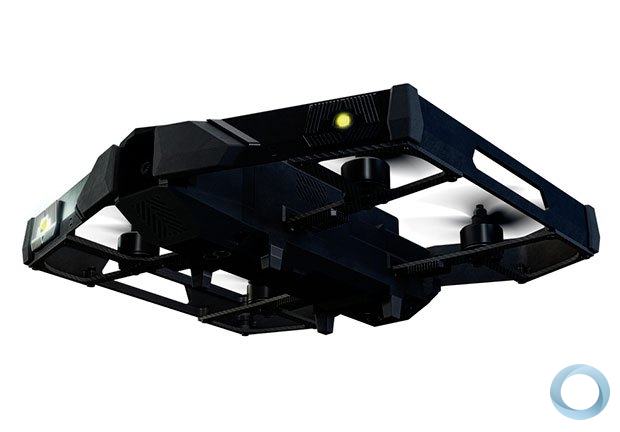SKYLOCK – part of the Avnon Group, and an anti-drone industry leader that provides solutions for governments, critical infrastructures and HLS organizations – is highlighting the DRONELOCK system for locating, detecting and neutralizing drones using an interception drone. Integrated into a robust, small, fast-flying drone, DRONELOCK is highly responsive and easy to maneuver, providing a solution in situations where a hostile drone cannot be neutralized by electronic blocking.
Once an unauthorized drone has been detected via radar, DRONELOCK is rapidly deployed to intercept the moving target and remove the threat. Using an array of built-in sensors on approach, the drone-against-drone system tracks the moving target, locking onto it and disabling it by means of collision.
The DRONELOCK can also be mounted onto vehicles to provide protection of larger areas. “We are proud of the unique solution developed by SKYLOCK for the protection of borders and strategic facilities against modern-day threats,” says Aviad Matza, SKYLOCK’s CEO. “The DRONELOCK system also enables interception of moving targets, providing protection of wide areas from hostile drones that are pre-programmed and cannot be jammed.
It is also effective in intercepting swarms of drones – by launching several systems to intercept multiple targets.” Operational both day and night, DRONELOCK offers advanced, effective 360° simultaneous detection coverage of up to 200 targets.
The electro-mechanically modular system provides observation, detection, recognition and identification of drones at distances of up to 2.5km, while the electro-mechanical, modular electro-optical system provides has a range of up to 4km.
This MIL Standard system, which is capable of destroying drones with a laser burner at a range of up to 800m, also features a RF jammer comprised of several jamming antennas, used to jam the frequency range of the target drone’s RC and video links.
































